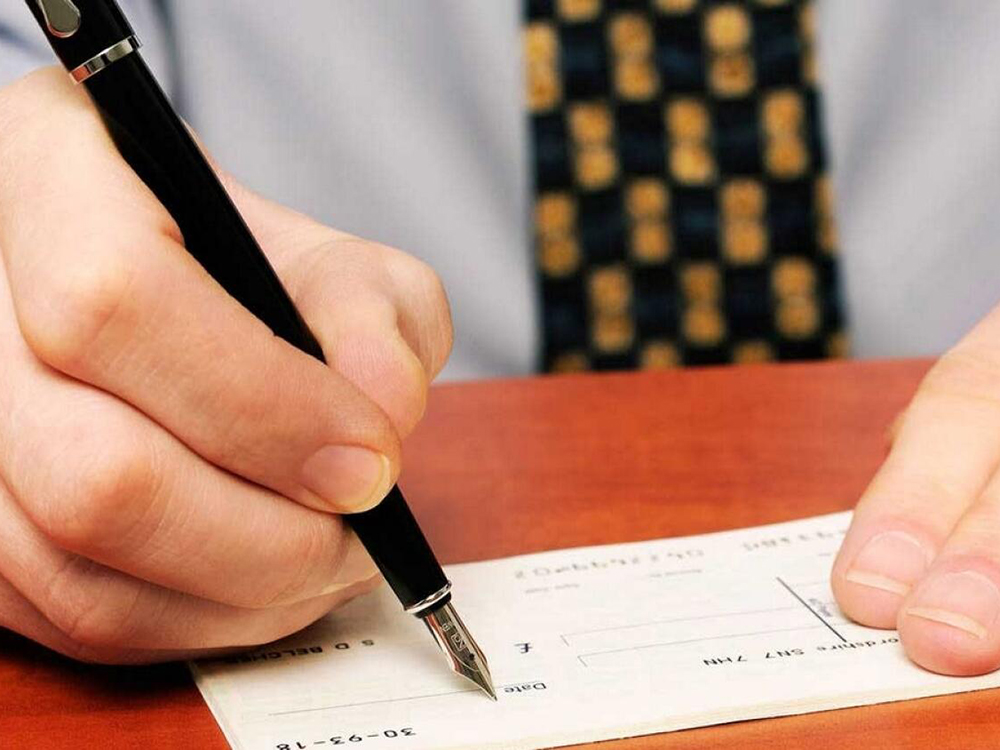
Notice Period Calculation in Cheque Bounce Case
Notice Period Calculation in Cheque Bounce Case
In a cheque bounce case, where a cheque issued by a drawer is dishonored by the bank due to insufficient funds or other reasons, the payee or the holder of the cheque can initiate legal action against the drawer. One crucial aspect of such cases is the notice period, which refers to the period of time within which the payee must give a legal notice to the drawer regarding the dishonored cheque.
The notice period is governed by the Negotiable Instruments Act, 1881, in India, which provides specific guidelines for the calculation and service of notice in cheque bounce cases. Here are the key points to consider while calculating the notice period:
1. Default Notice Period: The default notice period for cheque bounce cases is 15 days from the date of receiving the memo from the bank regarding the dishonored cheque. This means that the payee has 15 days to issue a legal notice to the drawer demanding payment.
2. Content of the Notice: The notice must contain specific details as prescribed by the law, including the name and address of the drawer, the date and amount of the dishonored cheque, the reason for the dishonor as provided by the bank, and a demand for the payment within 15 days from the receipt of the notice.
3. Mode of Service: The notice can be served to the drawer through registered post, courier with acknowledgment due, or by hand delivery with an acknowledgment receipt.
4. Commencement of Notice Period: The notice period begins from the day following the receipt of the notice by the drawer. It is essential to maintain proof of delivery or acknowledgment to demonstrate compliance with the notice period requirement.
5. Additional Grace Period: In some cases, the courts may grant an additional grace period to the drawer for making the payment, usually up to 30 days from the receipt of the notice. This grace period may be allowed if the drawer demonstrates sufficient cause for the delay or if the parties mutually agree to an extended period.
6. Exclusion of Holidays: When calculating the notice period, any holidays falling within the specified period are excluded. These holidays include public holidays, Sundays, and other bank holidays.
7. Legal Action after Notice Period: If the drawer fails to make the payment within the notice period, the payee can initiate legal proceedings against the drawer by filing a complaint or a cheque bounce case in the appropriate court of law.
It is important to note that the specific rules and regulations regarding notice period calculation in cheque bounce cases may vary from one jurisdiction to another. It is advisable to consult with a legal professional or seek expert advice to ensure compliance with the applicable laws and regulations in your jurisdiction.
